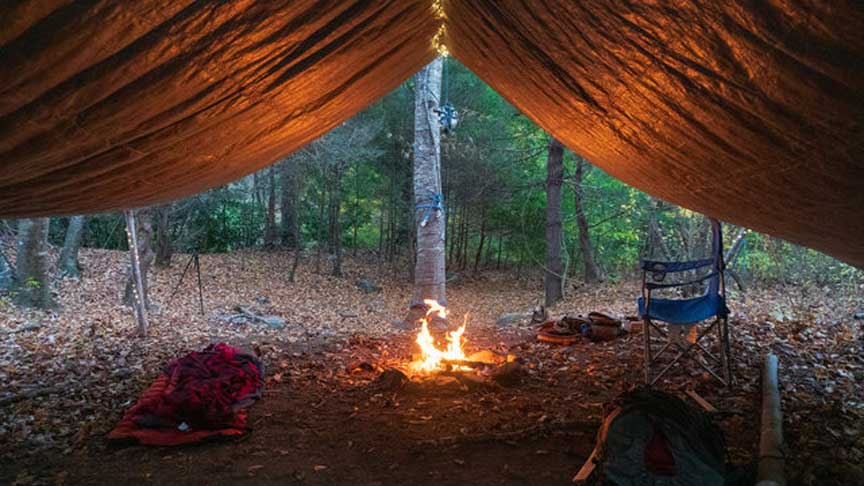
free shipping on orders over $49
We're having a 15% off sale on all our products. Enter your email below to be notified about future sales.




In a world brimming with uncertainties, having a reliable shelter in a survival situation isn’t just a comfort—it’s a necessity. When the grid goes down and society unravels, your home could either be your fortress or your downfall. For those committed to self-defense, martial arts, and survivalist practices, understanding the art and science of sanctuary building is essential. So how do you go about creating a stronghold that is not just habitable but also defensible and sustainable? Let’s dig deep into the intricacies of designing and building the ultimate survival shelter for SHTF scenarios.
Simply put, a shelter provides the basic human need for protection—against the elements, against predators, and against other potential threats. In a survival or SHTF situation, having a shelter designed with these threats in mind can be the difference between life and death.
Before you break ground or even design your fortress, you need to consider location. Here are some key factors:
A well-fortified perimeter is your first line of defense. Consider using reinforced fencing, barbed wire, or even a moat if possible. The perimeter should also include a secure entry point and watchtowers for surveillance.
A survival shelter isn’t just about living spaces; you’ll also need:
Your building material should be robust enough to withstand not just the elements but also potential attacks. Reinforced concrete, brick, and stone are all strong contenders. For the interior, fire-resistant materials can offer added safety.
While there are numerous DIY guides out there, some aspects of sanctuary building may require professional expertise. For instance, setting up renewable energy sources or advanced security systems might need specialized skills.
Once your shelter is up, conduct regular drills to test its functionality and your preparedness. Involve all family members, so everyone knows what to do in case of an emergency.
Building a sanctuary suitable for SHTF scenarios is not a weekend project—it’s a long-term commitment. But when you’re huddled inside your well-designed, well-stocked, and well-defended fortress while chaos reigns outside, you’ll know it was worth the effort. Your survival shelter should be a living testament to your resilience and foresight, integrating seamlessly with your other preparations, from martial arts training to your stockpile of self-defense weapons.
In the uncertain landscape that forms the backdrop of our lives, a fortress of your own making could be the most potent weapon in your arsenal. It will not only shield you from external dangers but also provide you with the psychological edge of knowing you have a home to fight for and defend.
As always, be safe and be prepared.
See Also:
Black Belt Defender
1867 Caravan Trail #105
Jacksonville, FL 32216-2006
Call us toll-free: (800) 859-5566
Mon-Fri: 9:00 am – 5:00 pm EST
NH based, FL Warehouse
Online Orders: 24/7/365

